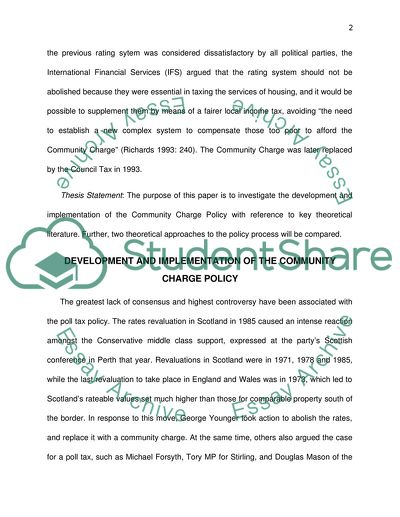Cite this document
(The Development and Implementation of the Community Charge Policy Research Paper, n.d.)
The Development and Implementation of the Community Charge Policy Research Paper. Retrieved from https://studentshare.org/law/1764514-critically-analyse-the-development-and-the-implementation-of-the-community-charge-policy-discuss-with-reference-to-key-theoretical-literature
The Development and Implementation of the Community Charge Policy Research Paper. Retrieved from https://studentshare.org/law/1764514-critically-analyse-the-development-and-the-implementation-of-the-community-charge-policy-discuss-with-reference-to-key-theoretical-literature
(The Development and Implementation of the Community Charge Policy Research Paper)
The Development and Implementation of the Community Charge Policy Research Paper. https://studentshare.org/law/1764514-critically-analyse-the-development-and-the-implementation-of-the-community-charge-policy-discuss-with-reference-to-key-theoretical-literature.
The Development and Implementation of the Community Charge Policy Research Paper. https://studentshare.org/law/1764514-critically-analyse-the-development-and-the-implementation-of-the-community-charge-policy-discuss-with-reference-to-key-theoretical-literature.
“The Development and Implementation of the Community Charge Policy Research Paper”, n.d. https://studentshare.org/law/1764514-critically-analyse-the-development-and-the-implementation-of-the-community-charge-policy-discuss-with-reference-to-key-theoretical-literature.


